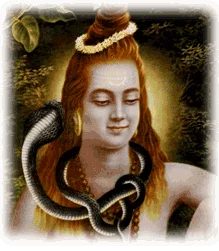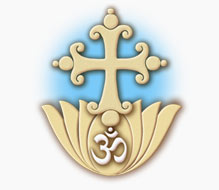Questions About Esoteric Christian Cosmology
Q: In the beginning of Robe of Light the separateness of God and the individual soul is stated and, if I understood correctly, the possibility of the soul to partake in the consciousness of God, but always being separate from Him. Is my understanding correct … Continue reading
Questions About Om Meditation
Q: Can Om only take one so far in the direction of Self-realization? Should Om be let go of at a certain point, or is the practice retained? Can a still and silent mind be achieved if there is still Om with the breath even … Continue reading
New Resources at OCOY.org
We have added a number of resources to our website which readers may find useful. And we have also made more of our longer articles available as ebooks. First, we have added a Monastic Life section. This will be a continually growing section containing writings … Continue reading
Redemption or Conscious Evolution?
Q: I am in a slight spiritual/religious quandary about the topic mentioned in Ephesians 1:7: “In Christ we are set free by the blood of his death,” etc. I feel this is such an easy way out versus cleaning up my act and ridding all … Continue reading
How to Deal With Sadness and Sorrow
To an Indian friend who had to give up a deep personal attachment and was profoundly grieved. Please accept my deepest sympathy and concern over your sorrow. Peace and fulfillment are only to be found within, for God is there. However difficult it may be … Continue reading
The importance of Harmlessness (Ahimsa) for the Yogi
We have published Foundations of Yoga as a Kindle ebook at Amazon, available for only 99¢. We encourage our readers to download the ebook, readable using the Kindle App, to their digital devices for easy access. But, as with our other books and ebooks, this is also … Continue reading







